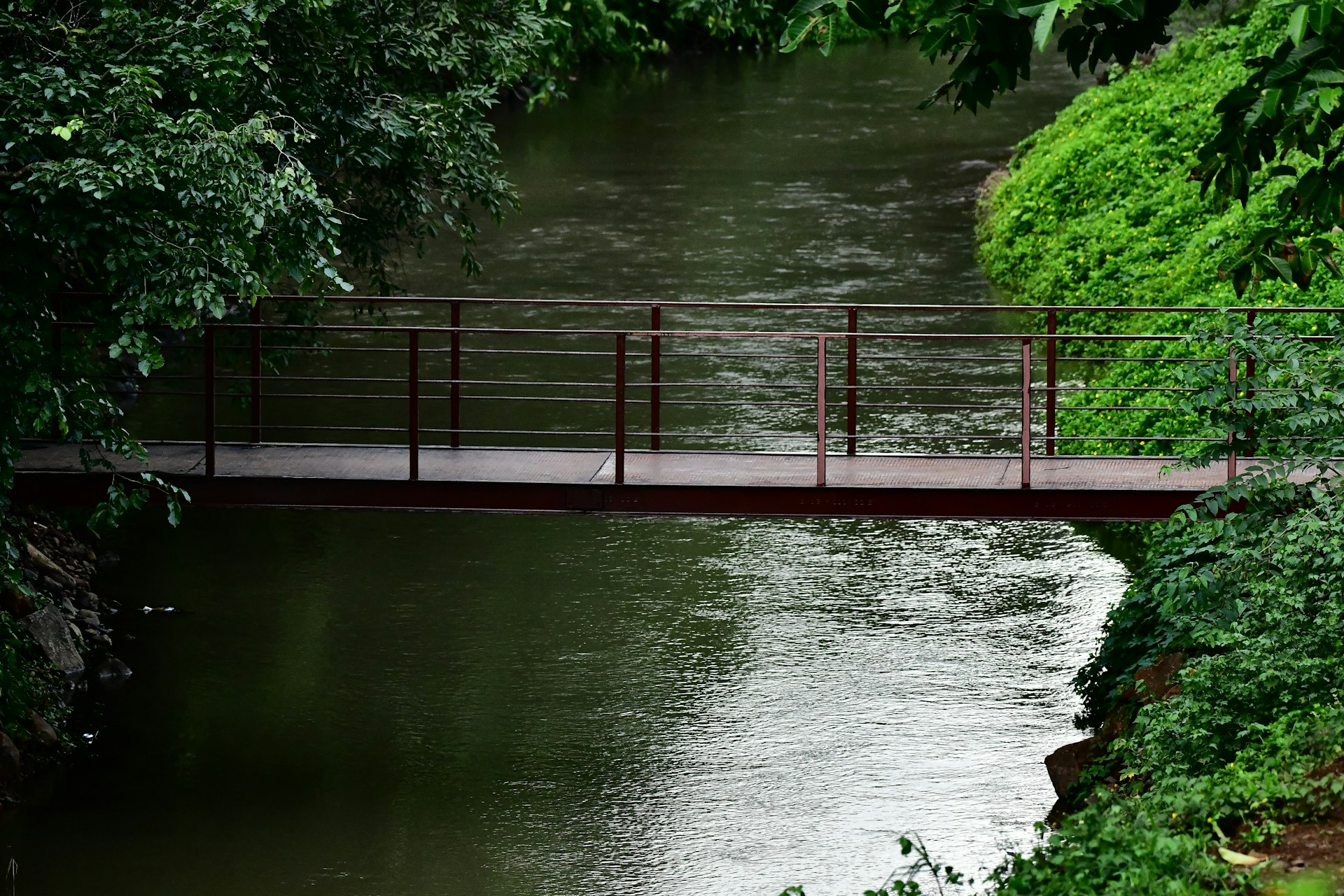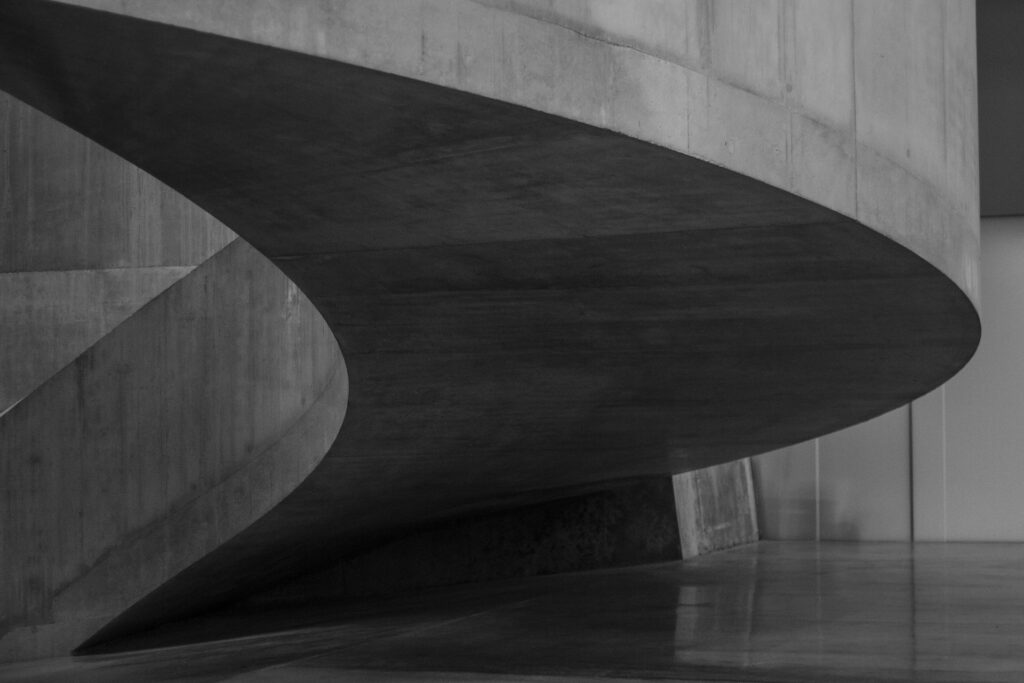Professor Aonghus McNabola, formerly of Trinity College Dublin and now at RMIT University, leads a research team that has developed a new approach to modifying river barriers so they can support fish movement while also generating small amounts of renewable electricity. The work represents a practical alternative to full barrier removal, a process that is often expensive and difficult to implement across Europe’s rivers.
Stephen, C., Huxley, B., Byrne, J. A., Morrissey, P., Kelly-Quinn, M., & McNabola, A. (2025). Integrating Fish-Friendly Hydropower Solutions with the Nature Restoration Policy Through River Barrier Modification. Energies, 18(22), 5931. https://doi.org/10.3390/en18225931
The team, composed of engineers and aquatic scientists from Trinity College Dublin and University College Dublin, has been testing a prototype system at an Irish fish farm using both artificial and live fish. Their results indicate that existing river barriers can be adapted to restore upstream and downstream fish passage while retaining the opportunity to produce hydropower. Instead of removing a barrier entirely, the structure can be retrofitted to operate more efficiently for ecology and energy.
Professor Aonghus McNabola, formerly of Trinity College Dublin stated,
“This presents a major problem that we set out to solve as a team of engineers and scientists with the desire to create a win-win solution that benefits the environment and makes a significant financial saving. We will now work to further refine our prototype and are excited about the difference it could make.”
The motivation behind the project comes from the growing focus on restoring river habitats. Many rivers across Europe remain highly fragmented, and the presence of barriers disrupts natural migrations and alters flow patterns. Although removing barriers is considered one of the most effective ways to repair these systems, the financial burden is substantial. In Ireland, removal typically costs between two hundred thousand and five hundred thousand euro per structure. With more than seventy three thousand such barriers recorded nationwide, a full removal programme would be far beyond the resources of local authorities and environmental agencies.
The proposed modification system provides a potential middle ground. Instead of eliminating barriers, it incorporates a fish lift mechanism and a pump-as-turbine unit that works in two modes. During normal river flow, the device functions as a turbine and produces electricity for local use. During periods of low water, it switches into pumping mode, moving water and fish upstream in a controlled, safe manner. Early testing shows that the system allows fish species such as Atlantic salmon, European eel and river lamprey to pass without injury.
Another advantage highlighted by the researchers is that modified barriers remain potential contributors to renewable energy targets. Ireland’s goal of reaching eighty percent renewable electricity by 2030 will require smaller, distributed energy sources in addition to wind and solar. Converting existing barriers into low-impact hydropower units can provide predictable local energy without the need for new construction.
Members of the project team, including Patrick Morrissey from Trinity’s School of Engineering, note that the design intentionally combines ecological restoration with practical energy generation. Rather than treating these goals as mutually exclusive, the system aims to serve both. The next stages of research will involve detailed ecological evaluations to ensure that fish of varying sizes and species can use the system consistently. Additional studies will analyse the long-term hydropower potential of different river sites, as performance varies widely based on flow rates and seasonal patterns.
Professor Mary Kelly-Quinn from University College Dublin, who specialises in freshwater ecology, stresses the importance of rigorous assessment before wider rollout. The team expects that further refinement, certification, and collaboration with regulatory agencies will be needed. Nonetheless, they see strong potential for the system to help meet requirements under the EU Nature Restoration Regulation and national climate policies.
If successfully scaled, this approach could turn many of Europe’s small and mid-sized barriers into useful assets rather than obstacles. By enabling fish movement while producing clean power, the technology illustrates how engineering solutions can evolve to support both environmental and infrastructural priorities.

Adrian graduated with a Masters Degree (1st Class Honours) in Chemical Engineering from Chester University along with Harris. His master’s research aimed to develop a standardadised clean water oxygenation transfer procedure to test bubble diffusers that are currently used in the wastewater industry commercial market. He has also undergone placments in both US and China primarely focused within the R&D department and is an associate member of the Institute of Chemical Engineers (IChemE).



